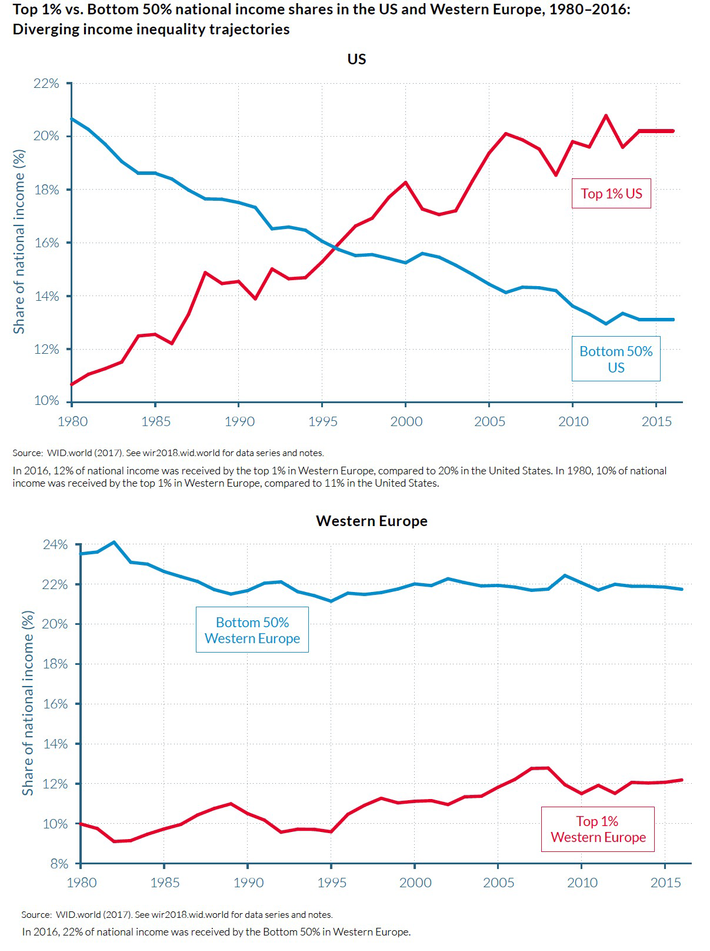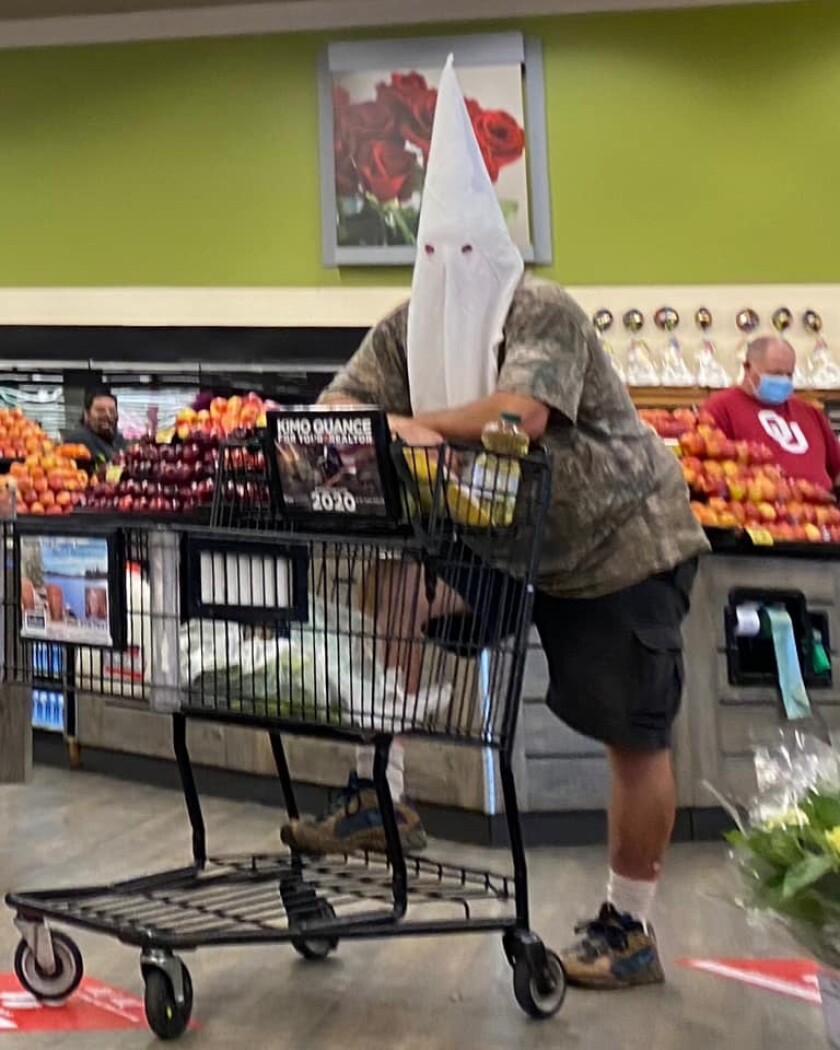More than 30 years ago, I ventured into road cycling as a hobby. I rode alone for a couple years before discovering a vibrant cycling community in my home town.
In the mid-/late 1980s, most of the organized group rides started at the local bike shop (just down the street from where I lived) or the downtown YMCA.
When I started joining these rides, most of the cyclists were veteran and highly skilled cyclists—and friends. In those days, nearly no one talked to new riders, and worst of all, I started most of these rides desperately struggling to stay with the group.
None the less, within a few miles, I was dropped, left to ride alone the rest of the route. When I returned to the start, everyone had already left.
I am not sure why I (or any other new rider) kept at it, but I did.
Over the next twenty years, I gradually developed into a solid rider, and then, one of the stronger riders leading group rides and pushing the pace on the more intense rides and cycling races or events.
During that time, group riding also changed. More rides were offered for different abilities, and the rides in general were more likely to encourage and foster new cyclists into the cycling community.
My lessons in group cycling came from a few elite riders who took the drill sergeant approach to whip me into shape. But “shape” in cycling is more than fitness since how any individual cyclist behaves impacts the dynamics and safety of the entire group.
Cycling is very regimented (expected behaviors) for both the efficiency and the safety of the group.
As with many other activities, Covid has significantly impacted group cycling in my home town, and I have been away from group riding for well over a year, until recently.
Joining my group rides again included a significant number of new riders—often struggling with their fitness and how to ride in an organized group ride.
This reintroduction has made me think about the larger Covid situation: Individual behavior in group cycling is a necessary element in the safety of the group in the same way that masking and vaccinations are about both individual and community health.
We have restrictions, as well, on individual driving of cars (speed limits, bans on impaired driving) for both individual and community safety, for example, which is also the same dynamic as masking and vaccinations for Covid—or having the fitness and the skill to ride in an organized recreational cycling group ride.
Learning to ride in a cycling group, then, is a lesson in the importance of individual behavior for community safety.
For anyone new to group cycling (specifically recreational cycling), here are some of those behaviors:
- Avoid abrupt changes in speed or direction. Direction and pace are incredibly important for cycling groups, and thus, consistent speed and direction help a group move efficiently but they also make the group safer. Most cycling groups (due to state laws) ride two abreast, and any sudden changes in speed or direction have rippling effects throughout the group. Changes in speed or direction should have a reason (change in terrain, turn on the course, or potholes, for example), and should be accompanied by verbal and hand signaling (more on that later). Hold your line and maintain as compact spacing as you can (developing better spacing skills as you gain fitness and experience).
- Don’t be that guy. Here is one of the best guidelines for group cycling: If you are doing something different than everyone else, you are probably doing something wrong—and dangerous. Don’t dart in front of an oncoming car, don’t ride three abreast, don’t leave large gaps, don’t cross the yellow line—the examples are endless, but for a new or inexperienced rider, a great strategy is to watch the veteran riders, and do as they do.
- Positioning matters. New cyclists often gravitate to the back of the group, which is a bad decision. The larger the group, the more inconsistent the group is the farther back you are. The back of a large group is often very hard for a new rider who still lacks enough fitness because the back has more slowing and accelerating than the first half or two-thirds of the group—where new riders should position themselves.
- Balance matters. Another mistake new riders make is positioning on the bicycle; your weight should be mostly on your sit bones and pedals—not on the handle bars. Before joining a group ride, new riders should have a good bike fit and should be able to ride comfortably with their hands resting lightly (de-weighted) on the handle bars. Leaning heavily on the handle bars makes a bicycle unstable; while it is counter-intuitive, rotating wheels are very stable and track straight ahead, unless you hit something on the road or disturb that momentum.
- Head up, eyes forward. When new cyclists become taxed, stressed, because of still-developing fitness, they often drop their head and eyes; this is extremely dangerous. Another problem is that many recreational rides are also social so people chat. When cycling, resist making eye contact when talking to the person next to you. It is really simple: Head up, eyes forward.
- Know your place. If you are new to a group, and unfamiliar with the course, you should stay off the front until you know the course. Also, you must know the expectations of the ride (most rides identify a level such as A, B, or C based on overall speed, etc.) and how the group plans to handle group dynamics (no-drop ride, for example, or what the group does if someone has a flat or mechanical). Watch, listen, and ask questions, and as noted above, don’t be that guy.
- Understand group and paceline dynamics. Many recreational cycling groups will use a pretty relaxed paceline with two riders taking longer pulls at the front before rolling off and two other riders taking turns. Because cyclists use open roads, some groups choose for both riders to pull off to the left and drop back single-file (what we tend to do in my community) while others use the one rider dropping off on both sides approach. Simply put, know the expectations. The same applies for more aggressive pacelines that have a continual rotation (typically with the right line pulling through and the left dropping back; although technically the through and back line can [should] be determined by wind direction). In all cases, riders pulling and/or pulling through must maintain a consistent effort (don’t accelerate the group, don’t dart through on a pull, and don’t half-wheel the rider beside you in the two-by-two method). The key here for new riders is know the expectations and then watch the experienced riders so that you can mimic their behavior.
- Communicate, communicate, communicate. Cycling is a highly verbal sport. Always alert the group to turns, dangers in the road conditions, problems with other riders, and the proximity of cars. New riders should listen and learn how the local riders alert each other (including whether or not hand signals are the norm, etc.). An important rule is if you hear messaging from the front, pass it back, and if you hear messaging from the back, pass it forward.
Even if you aren’t a cyclist, this post is about the problem with seeing the rights of the individual and the needs of the community as an either/or proposition. The reality is that individual behavior is always a factor in community dynamics.
Asking a new cyclist to conform to the dynamics of a cycling group is not a denial of the individual rights of that cyclist but acknowledging that individual development is linked to the dynamics of the group—just as the safety of any individual cyclist is linked to the safety of the group.
If a rider doesn’t want to conform to group expectations, then that rider is always free to ride alone.
Group cycling is an incredibly powerful thing that allows very strong and experienced riders to participate with weaker inexperienced riders; and both benefit from the experience.
For many years, I participated in a 220-240-mile ride from the upstate of South Carolina to destinations along the coast of SC and Georgia. The key to this ride was a coherent group that worked in ways that benefitted the weaker and less experienced riders. Almost every year, everyone completed the ride—a truly remarkable feat for groups of 10-20 riders experiencing an 11-14-hour day of riding.
These rides were individual and group accomplishments that demonstrate a truism that fits more than cycling: Individual behavior is inseparable from community safety.









